
“The harder the conflict, the more glorious the triumph.” – Thomas Paine. This sentiment encapsulates the essence of the UEFA Europa Conference League, a competition born out of the need to elevate clubs that strive for recognition in European football but often find themselves overshadowed. Launched in 2021, this exciting soccer tournament serves as the third tier of UEFA competitions, providing a stage where lower-ranked clubs can showcase their talent on a continental level.
With the structure designed to allow 32 teams competing in eight groups of four, followed by a knockout stage, the Conference League creates a pathway for clubs previously excluded from European tournaments. The aim is not only to foster competitiveness but also to ensure that smaller nations have their share of European football, starting from the 2021-22 season through at least 2023-24. The launch of this soccer tournament was a significant step toward inclusivity in a domain long dominated by the elite.
In an era where financial disparities threaten the integrity of football, nations outside UEFA’s top 15 can now have clubs working their way to glory, creating potential rivalries and unforgettable moments. The Conference League is not just a tournament; it’s a celebration of football’s passion and spirit, breathing new life into European competitions. Stay tuned as we explore its history, format, and the impact it will have on the soccer landscape.
Key Takeaways
- The Conference League is the third tier of UEFA competitions, created in 2021.
- It allows lower-ranked clubs a chance to compete at a continental level.
- The tournament features 32 teams split into eight groups, leading to knockout rounds.
- Smaller nations can now participate more regularly in European football.
- The structure aims to promote competitive balance among teams.
Introduction to the Conference League
The UEFA Conference League represents an exciting chapter in the realm of European competitions. Designed to give more clubs from lower-ranked leagues a chance to compete on the international stage, this tournament enhances the overall landscape of soccer in Europe. With over 170 teams participating each season, the conference league has successfully broadened the competitive field. This initiative brings thrilling matchups to passionate fans, encouraging the growth of soccer at all levels.
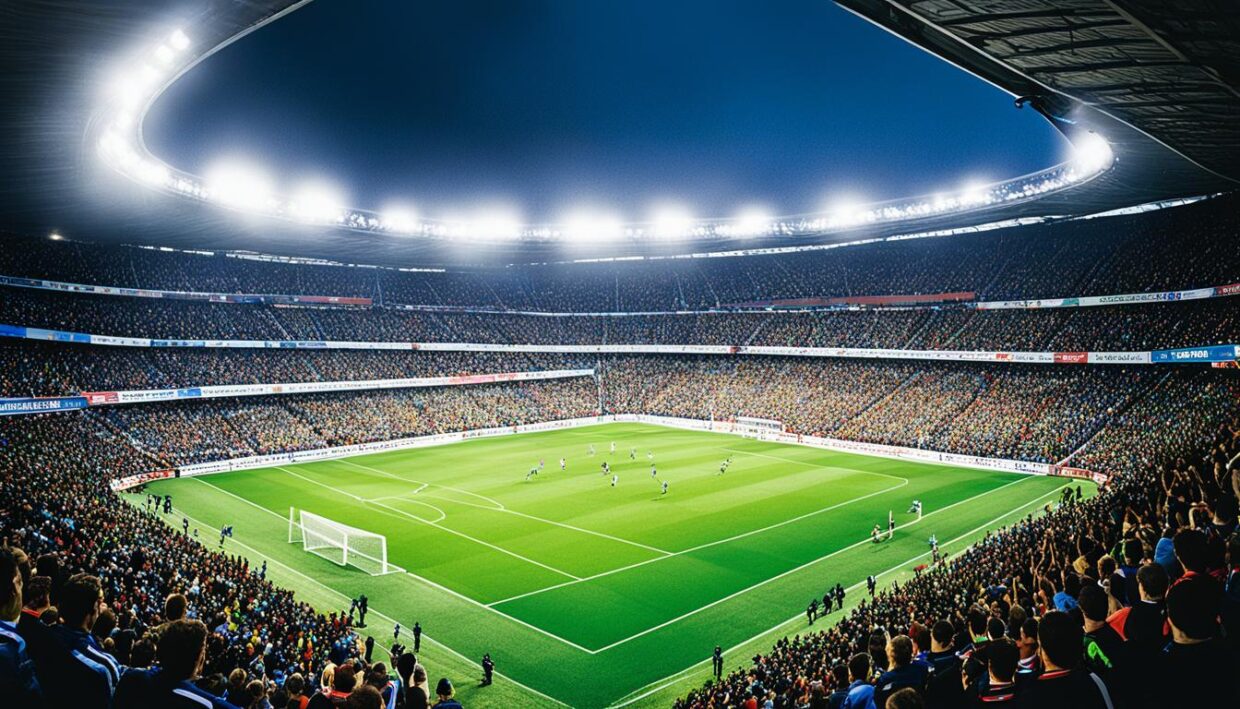
Each season, teams from at least 34 UEFA national associations enter the group stage, which consists of eight groups featuring four clubs each. Matches are held on Thursdays, coinciding with Europa League fixtures. This scheduling allows fans to immerse themselves in exhilarating soccer experiences. With a total of 184 clubs participating after including additional entrants from the Europa League group stage, the excitement only intensifies.
“The UEFA Europa Conference League not only fosters competition but also promotes inclusivity among under-represented nations, giving them a platform to showcase their talent.”
As the tournament unfolds over 15 match weeks, the number of matches reaches a remarkable 141, reflecting the enthusiasm and commitment of those involved. The shared anthem between the Europa Conference League and the Europa League, composed by Michael Kadelbach, underscores the unity within UEFA’s diverse competitions, bridging the gap between established and emerging teams in European soccer.
History and Inception of the Conference League
The UEFA Conference League, recognized as UEFA’s third-tier tournament, was officially founded in 2021. This competition emerged from a recognized need for an inclusive platform within European football, particularly aimed at clubs from lower-ranked UEFA member nations. The history of the conference league traces back to discussions initiated by UEFA as early as 2015, which ultimately culminated in formal plans set in 2018. Such a league brings forth increased opportunities for participation and exposure to competitors from diverse backgrounds.
Initially contested by a total of 184 teams, the tournament operates with 36 teams in the league stage. The inaugural season showcased thrilling matches, with Roma capturing the first title. This marked a significant moment in the inception of UEFA competitions, establishing a tier for clubs that may not have previously competed on the European stage. The Conference League allows these clubs a chance to shine and expand their horizons in international competition.
Over time, the tournament has gathered noteworthy audiences, with specific attendance numbers reaching impressive figures, such as the 26,842 who witnessed the final in the 2023-24 season. The growing prestige of this competition highlights its role in enriching European soccer.
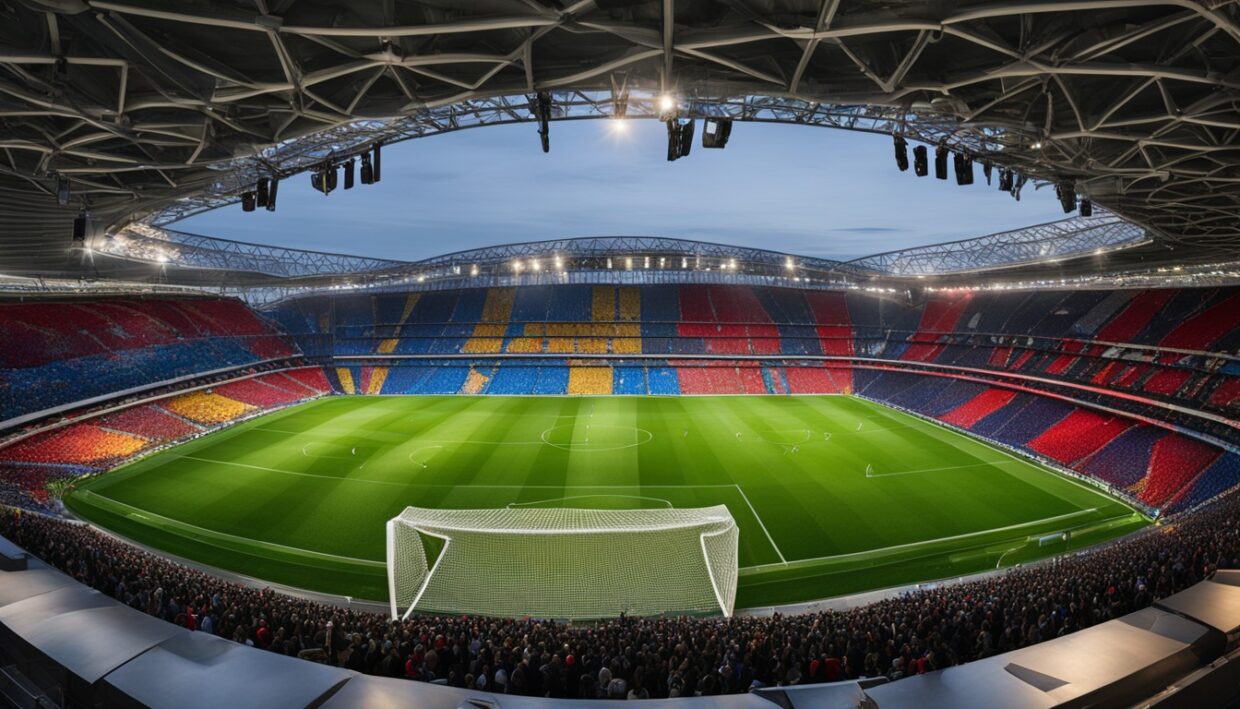
How the Conference League Works
The Conference League operates as the third tier among UEFA tournaments, offering a pathway for clubs to compete at a European level. With over 170 teams participating each season, the format of the conference league invites clubs from various backgrounds to showcase their talent on a grand stage.
Initially, teams embark on a qualification journey leading to the group stage. This stage comprises eight groups, each containing four teams. Notably, the competition structure prohibits teams from the same national association from clashing in the group stage. Matches are predominantly scheduled for Thursdays, starting at either 18:45 CET or 21:00 CET, catering to a wide audience eager to witness thrilling encounters.
- The top two teams from each group advance to the knockout stage.
- A total of 32 teams enter the group stage.
- Matches are held across six matchdays, with the final taking place in iconic locations such as the National Arena in Tirana, Albania.
Trophies garner attention, especially since the winners not only claim victory but also earn a spot in the following season’s UEFA Europa League. This enticing opportunity enhances the competitiveness of the tournament, drawing even more interest from clubs and fans alike.
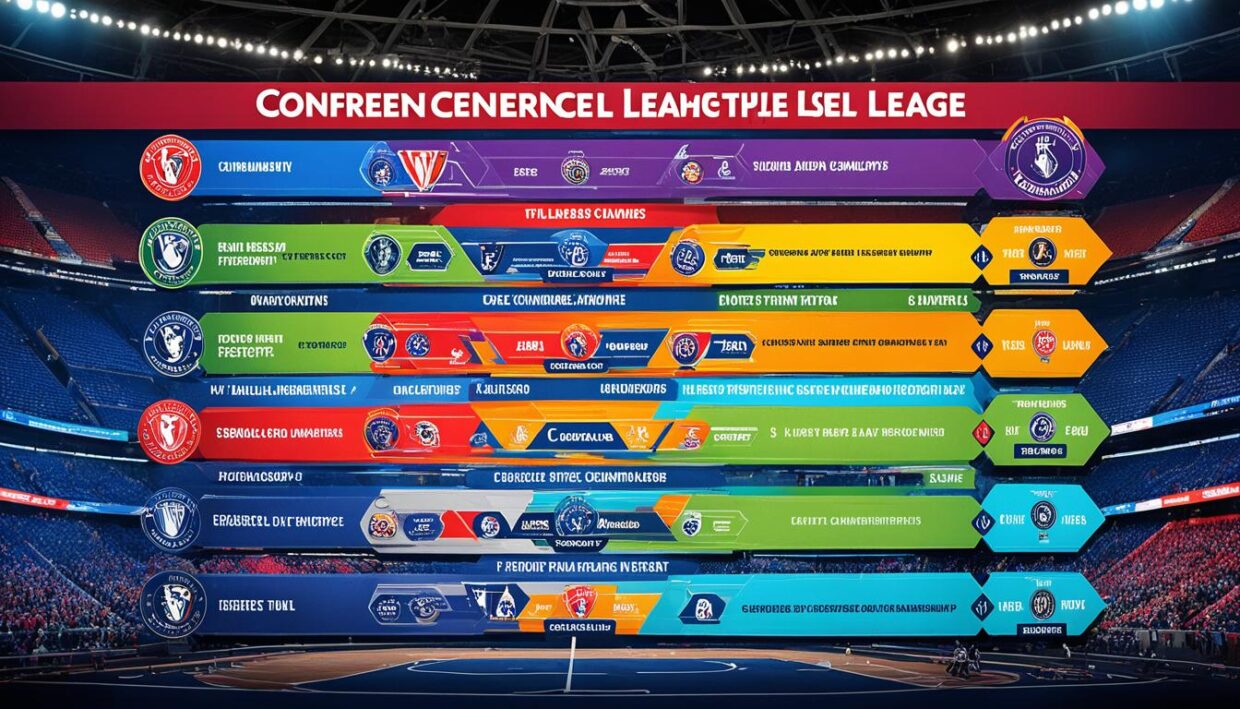
In total, the Conference League sees a remarkable participation rate, having 184 teams engage throughout its various stages. This ensures a rich tapestry of footballing skill across Europe, reinforcing its significance in the wider landscape of UEFA tournaments.
Format and Structure of the Tournament
The conference league format is designed to ensure thrilling competition and accessibility for a variety of clubs. The process begins with the qualification rounds, where 72 teams aim to secure their place based on their domestic achievements. These teams are eliminated through successive rounds, gradually narrowing the field until the final participants in the group stage emerge.
Once in the tournament, each group comprises several teams competing in a round-robin format. This tournament structure allows for every team to face one another, with the top two teams from each group advancing to the knockout stage. The knockout phase leads to intense matchups as teams vie for progression to the subsequent rounds, culminating in the grand finale.
The climax of the tournament occurs in a single final match hosted at a neutral venue. The champion of the conference league format not only earns glory but also secures a coveted spot in the UEFA Europa League for the following season. This structure fosters a competitive environment and heightens the stakes for all participating teams.
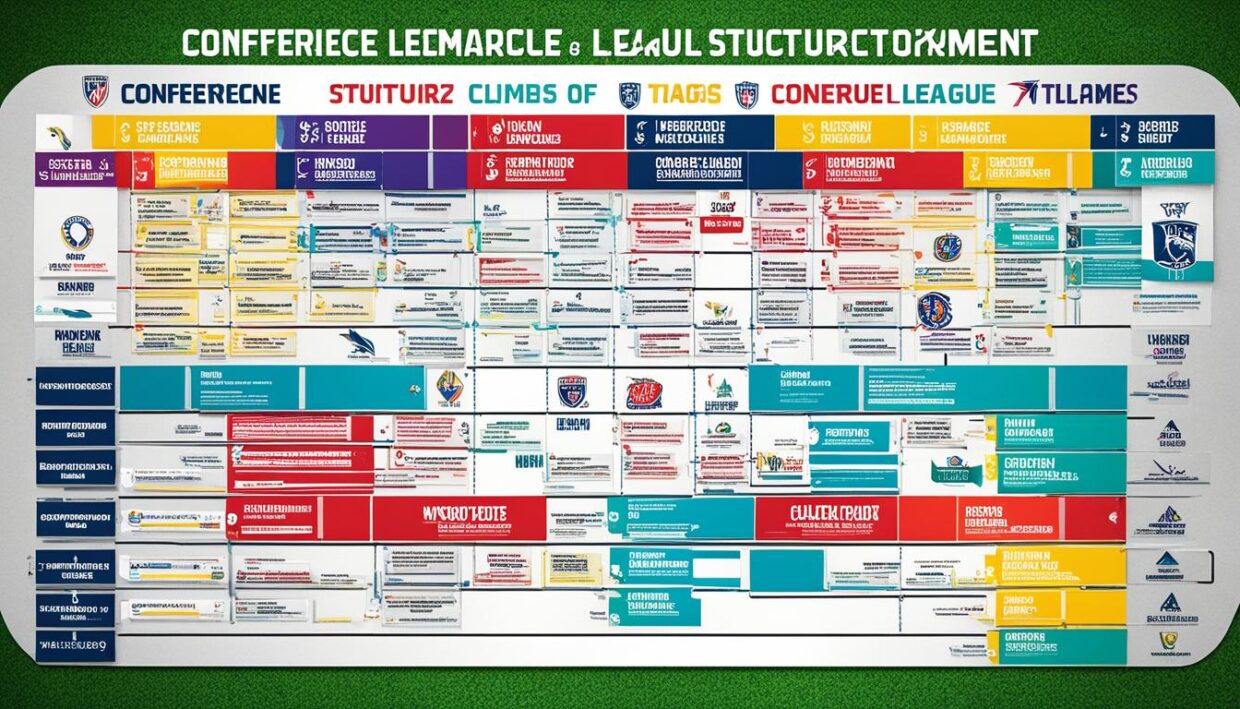
The Prestige of Competing in the Conference League
The prestige of competing in the Conference League offers clubs outside Europe’s traditional football elite an opportunity to shine on a global stage. Established in the 2021-22 season, this tournament highlights the importance of UEFA tournaments by providing a pathway for underrepresented teams to showcase their skills and build a reputation. Clubs engaged in these high-stakes matches gain invaluable experience, which is essential for long-term growth in domestic and international markets.
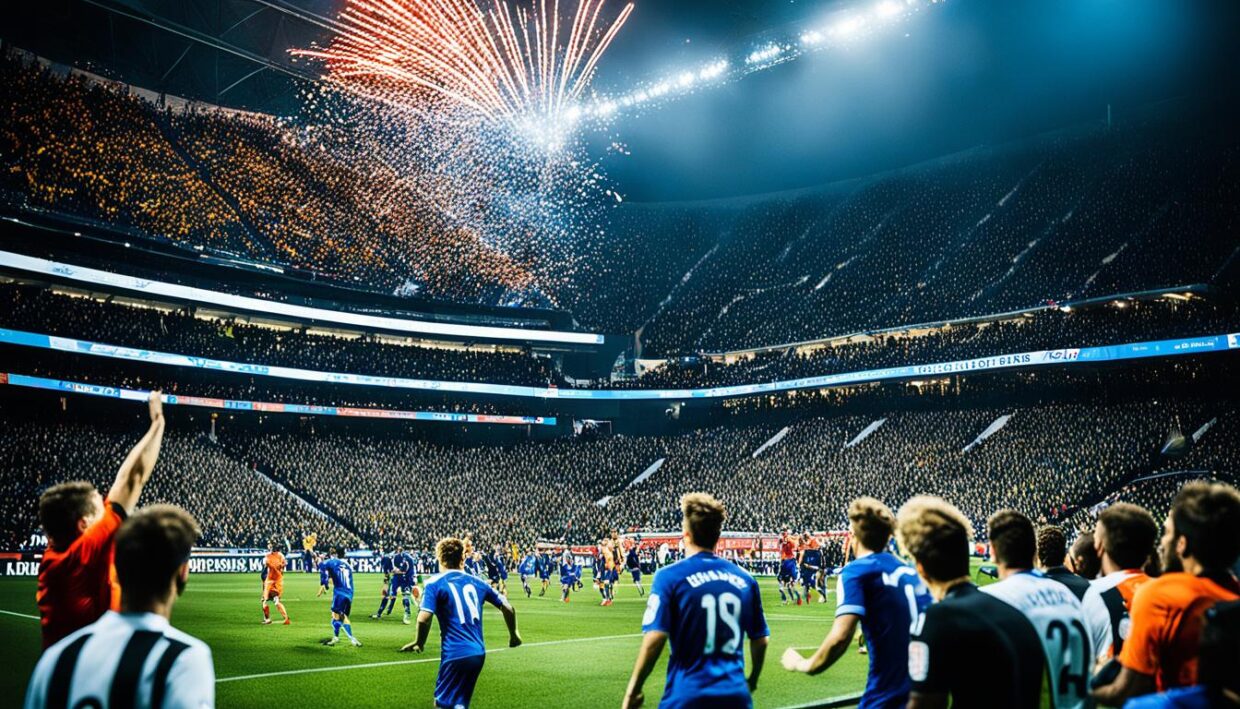
While the competition value may vary compared to more established leagues, it can still lead to significant advantages for participating teams. For instance, taking part in the Conference League not only fosters team cohesion but also invites a broader fan base, turning challenging matches into memorable moments for supporters. Even teams like Tottenham Hotspur and Aston Villa, who may have been overshadowed in the past, find opportunities to engage with European football, boosting their stature.
The allure lies in winning a title—though financial rewards may be modest, the recognition and pride that come with success can be transformative. Clubs can elevate their status, enhance brand visibility, and potentially attract new talent, completing a cycle of growth and ambition in the clubs’ pursuit of excellence.
Teams Competing in the Conference League
The Conference League brings together a diverse array of teams in competitive soccer from across Europe. The 2024-25 season will feature a notable lineup, with 36 teams competing in the tournament proper, all drawn from 54 UEFA member associations. The inclusion of such a broad range of clubs highlights the league’s accessibility and appeal.
Among the notable clubs participating are Roma, West Ham United, and Olympiacos. Each of these teams has a legacy of success and the potential to elevate their status in international competition through this league. Their presence underscores the Conference League’s aspiration to showcase clubs that may not always receive the spotlight in major tournaments.
Here is a breakdown of the competition structure:
| Association | Teams Competing | Number of Teams |
|---|---|---|
| 1-12 | One team each | 12 |
| 13-33, 51-55 | Two teams each (except Russia) | 42 |
| 34-50 | Three teams each (except Liechtenstein) | 51 |
| Champions League Eliminations | 14 teams | 14 |
| Europa League Eliminations | 41 teams | 41 |
| Total Teams in Conference League | 36 |
Over the years, the league has seen clubs like Lille, Maccabi Tel-Aviv, and Viktoria Plzen thrive. Lille, with an impressive record of 4 wins and 2 draws out of 6 matches, showcases competitive spirit. Maccabi Tel-Aviv’s standout performance of 15 points from 5 wins highlights the potential for dramatic showings in the tournament. Viktoria Plzen’s flawless 6 wins out of 6 has set a benchmark for excellence in this season’s league.
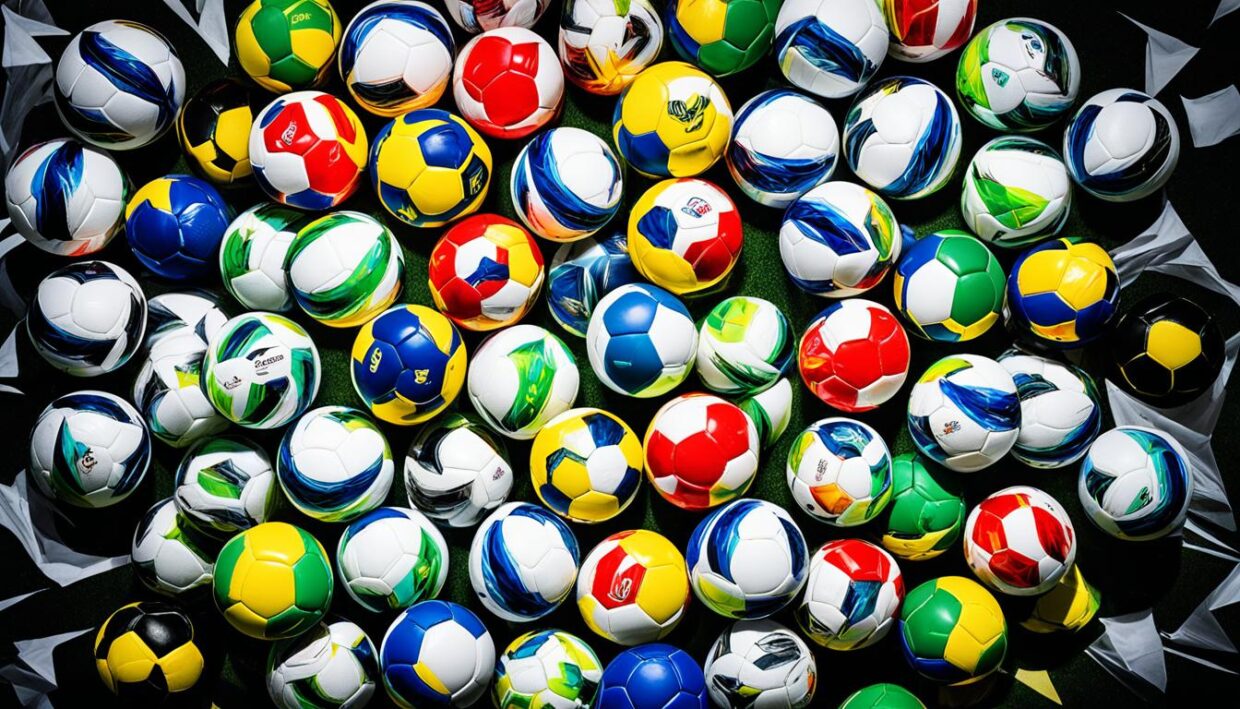
Previous Champions of the Conference League
The Conference League has quickly established itself as a notable tournament in European soccer. Recent history has seen some remarkable performances from teams such as Roma, West Ham United, and Olympiacos, each etching their names in the list of conference league champions.
Roma became the inaugural champions in 2022, defeating Feyenoord in a closely contested final. This victory marked a significant triumph for the club, fulfilling their ambition of securing a prestigious soccer title.
West Ham United followed in 2023, showcasing their dominance by winning all group matches before claiming victory in the final. Their journey to glory provided a stirring narrative for the fans, further solidifying their status among historical winners of the tournament.
In 2024, Olympiacos made history by becoming the first Greek club to win a major European title, triumphing over Fiorentina with a narrow 1-0 scoreline. This achievement not only adds to their legacy but also promotes the competitiveness of Greek soccer on a European stage.
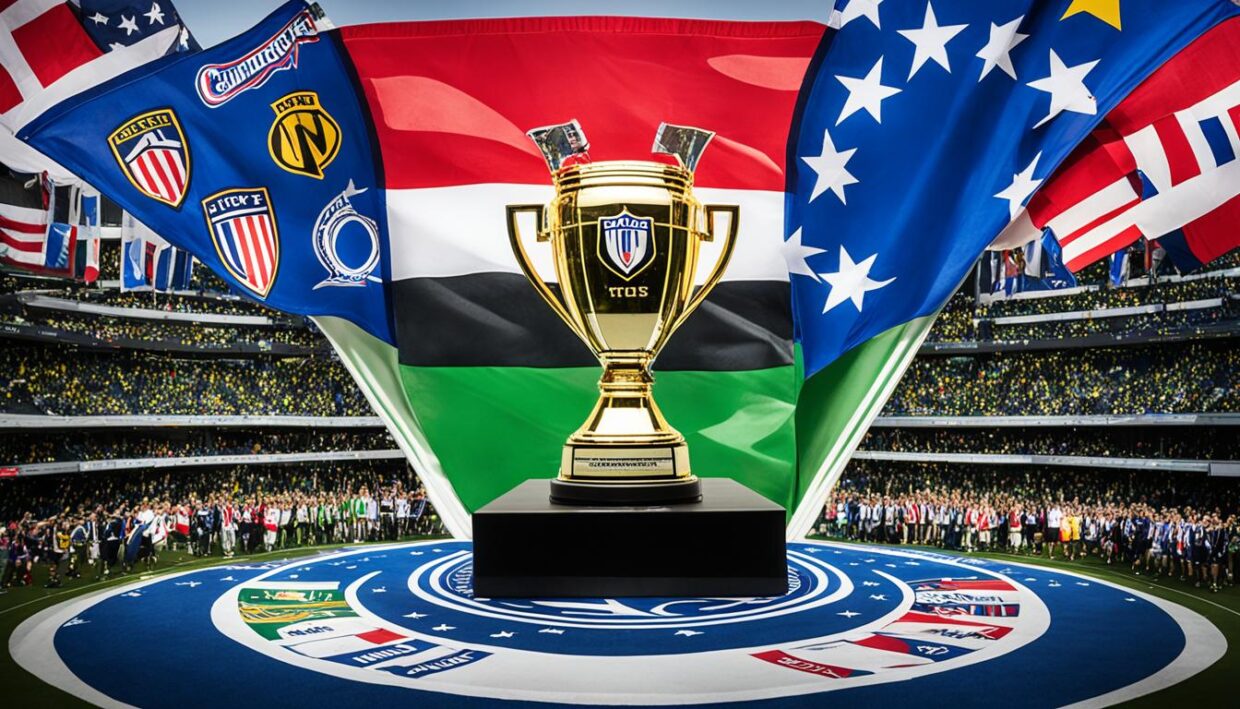
These three clubs exemplify the growing prestige of the Conference League, with each securing their soccer titles through determination and skill. As the tournament continues to evolve, these champions will inspire future contenders to reach new heights.
Impact on European Soccer
The effect of conference league participation ripples through the European soccer landscape, reshaping competitive dynamics and enhancing financial opportunities for clubs. Introduced in the 2021-2022 season, the Europa Conference League has opened doors for teams that previously struggled to gain a foothold on the European stage.
With 32 clubs competing in the group stage, the tournament fosters heightened visibility for lower-ranked teams, introducing them to new audiences. Each match offers a chance for these clubs to secure revenue through both broadcasting and sponsorship deals. This economic boost is crucial for clubs on the fringes of international play, providing them with meaningful avenues for growth.
Winning the tournament not only offers glory but also a coveted spot in the UEFA Europa League, amplifying the tournament influence. This creates an added incentive for clubs to strive for success and raises the stakes for competitors across Europe.
The varying perspectives among fans and stakeholders reflect the complex sentiments surrounding this new competition. While some celebrate the added opportunities it creates, others express concerns about its implications for traditional tournaments. As European clubs adapt, the effect of conference league involvement will likely continue to evolve, leaving a lasting mark on the continent’s footballing identity.
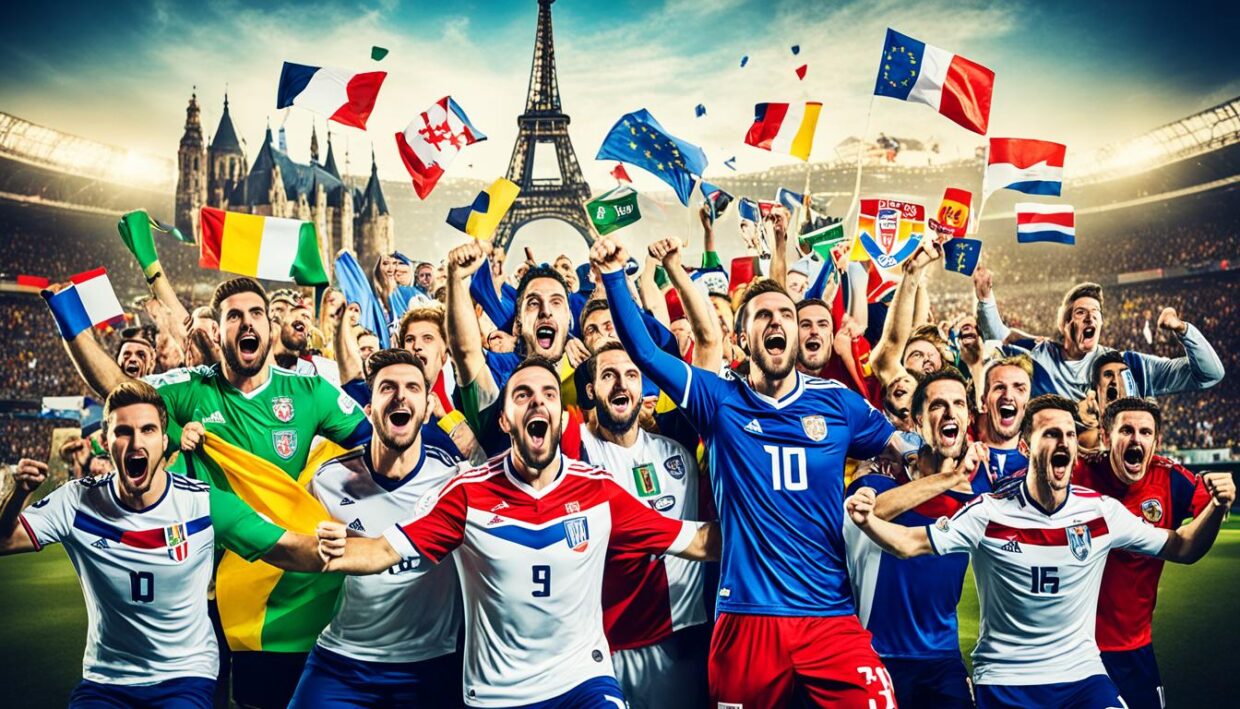
Rivalries and Exciting Matchups
The Conference League stands out not only for its competitive spirit but also for the conference league rivalries that ignite passionate atmospheres. Historic clubs with rich traditions clash in these intense matchups, showcasing the heart and soul of soccer competitions. Every game presents an opportunity for teams to assert their dominance and rally support from local fan bases.
Some of the most thrilling encounters in the Conference League feature teams that have established deep-rooted rivalries. Matches are not just games; they are events filled with anticipation, where supporters passionately cheer for their teams. The performance of these clubs on the field often reflects the aspirations and pride of their communities.
- Intense clashes between clubs amplify the excitement of soccer competitions.
- Historic rivalries add layers of narrative and emotion to each matchup.
- Fans experience unforgettable moments, creating lasting memories with every goal, save, and contested play.
As teams continue to vie for success in the tournament, the conference league rivalries will undoubtedly present captivating and unpredictable matchups. The passion displayed on the field translates into a vibrant atmosphere, elevating the overall experience of the Conference League.
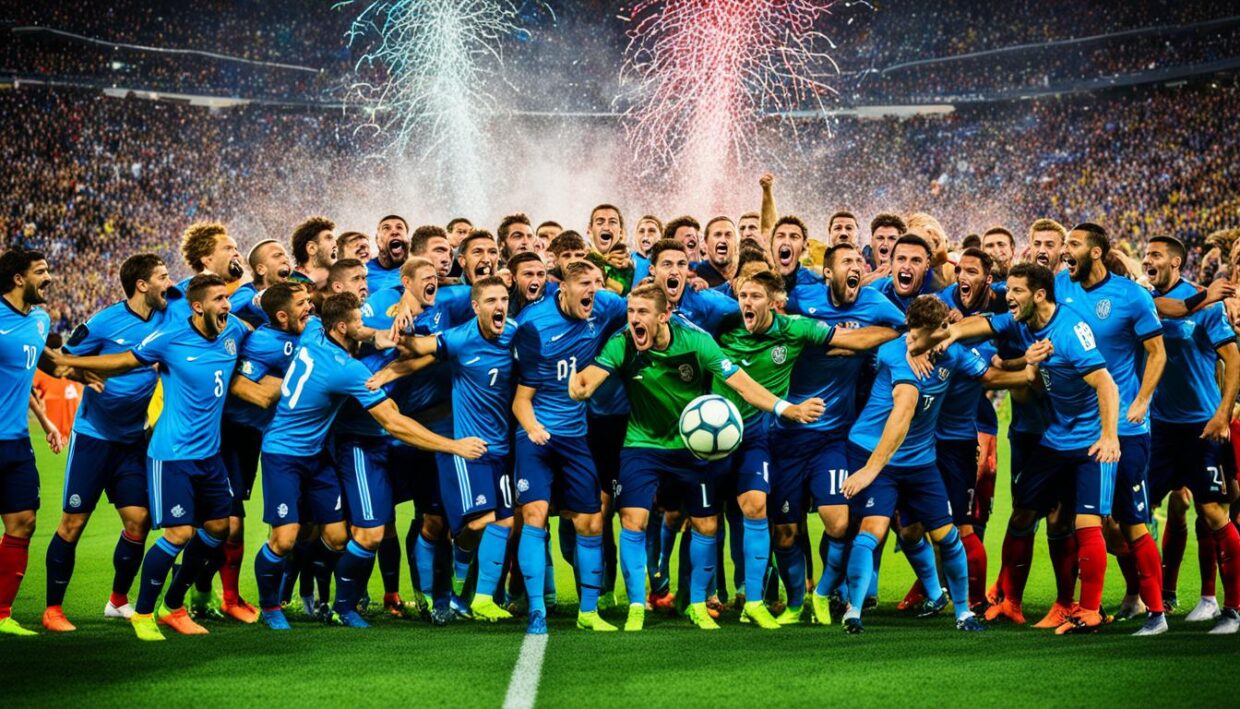
League Standings and Competitive Balance
The structure of the Conference League plays a fundamental role in fostering competitive balance in soccer. By tracking league standings, fans and analysts will uncover trends in team performance, revealing how mid-tier teams consistently challenge their more powerful counterparts. This dynamic leads to unexpected victories and upsets, reshaping expectations in European tournaments.
Throughout the season, tournament statistics illustrate the level of competition. Many teams demonstrate a relatively equal chance of success, driven by well-structured match schedules and regulations. The predictability of league outcomes offers an insight into the competitive landscape, prompting discussions about the effectiveness of the current framework and its impact on overall league performance.

Comparative analyses show that European football leagues often reflect lower competitive balance levels compared to major North American leagues. Studies using the Herfindahl-Hirschman Index highlight variations in team-level balance, indicating that while European competitions can be thrilling, they sometimes lack the parity that keeps viewers engaged. In contrast, leagues that employ robust systems, such as salary caps and drafts, achieve a higher degree of competitive balance.
- League standings reveal performance trends.
- Unexpected victories foster excitement.
- Mid-tier teams reshape tournament expectations.
Ultimately, understanding league standings and competitive balance in soccer cultivates a deeper appreciation of the game. Fans can follow the dynamics of various teams and anticipate thrilling matchups throughout the season.
Fan Engagement and Experiences
Fan engagement plays a crucial role in enhancing the soccer culture surrounding the Conference League. Notable clubs have implemented various initiatives that enrich fan experiences in conference league matches. For example, Brentford FC stands out as the only Premier League club with a fans’ representative on its main board of directors. This integration fosters a sense of ownership and directly influences club engagement.
Traveling for away games offers fans opportunities to explore new cultures while passionately supporting their clubs. Such experiences leave lasting impressions and deepen the bonds within the soccer community. During away matches, supporters often form connections with local fans, creating a valuable exchange of traditions and practices.

Efforts to enhance fan experiences include various activities. Brentford hosted forums aimed at making games safer for women and girls, while young fans celebrated unique events like meeting players during Christmas festivities. The club’s engagement strategy incorporates fan consultation, experience, behavior, and support, addressing various aspects crucial for sustained engagement.
Abright future lies ahead for the Conference League, characterized by promising developments in fan engagement and the competitive structure. Increased interest from a broader spectrum of audiences, along with potential expansions, could significantly enhance both the league’s stature and fan experiences across Europe.
Opinions surrounding the competition fluctuate. Some see it as a vital opportunity for clubs to showcase talent and compete, while others remain skeptical regarding its significance. Such discussions ignite enthusiasm within the broader soccer culture, ensuring that fan voices contribute to the ongoing dialogue about the league’s role in football.
Conclusion
The ongoing evolution of the UEFA Europa Conference League marks a significant chapter in the history of European football. This competition offers clubs that may not usually have the spotlight the chance to shine on a larger stage, fostering a sense of competition that enriches the soccer landscape throughout Europe. The 2023/2024 season culminates with the final featuring Olympiacos and Fiorentina, scheduled for May 29, 2024, at the AEK Arena in Athens, showcasing the tournament’s growing prestige.
A summary of conference league highlights the robust format that includes teams from various national leagues ranked from 1st to 55th by UEFA. As clubs aim for excellence, the Europa Conference League stands as a reliable pathway to ascending the ranks of European football. The experience this tournament provides not only benefits the competing teams but also engages fans and enhances local cultures, vital components in the future of football.
Ultimately, the Conference League is much more than just a competition; it is a platform for emerging clubs to build their legacies while invigorating the enthusiasm of their supporters. The positive impact of this tournament will be felt for years to come, ensuring the vibrancy and diversity of UEFA tournaments in the years ahead.



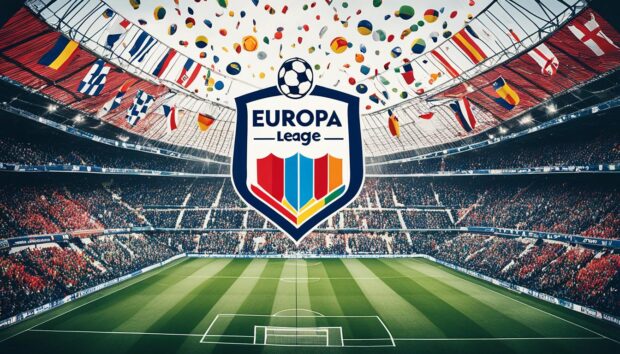










Be the first to leave a comment